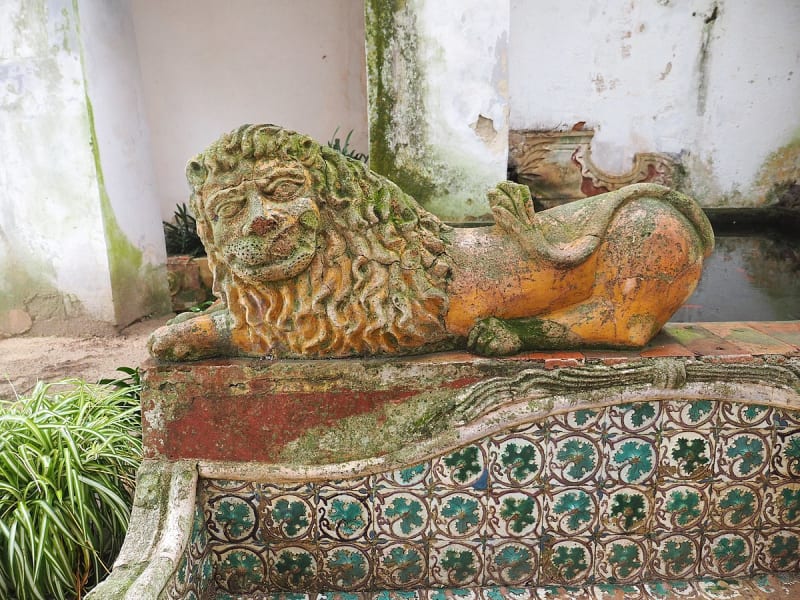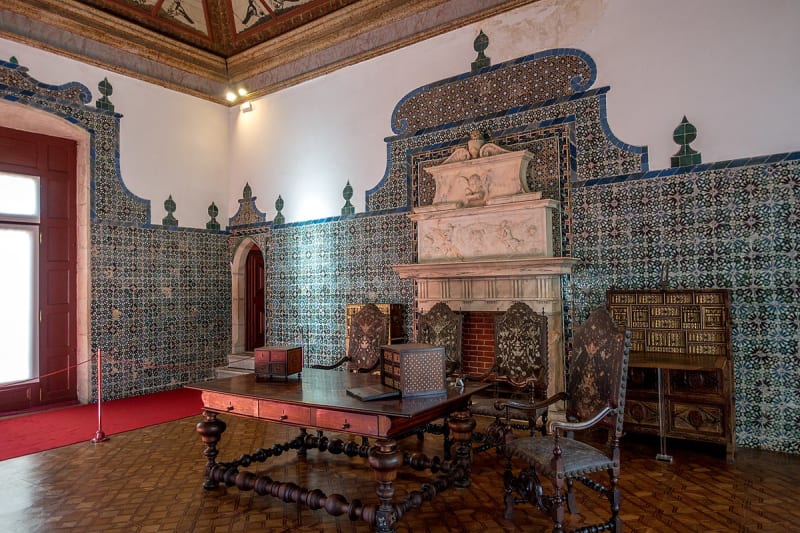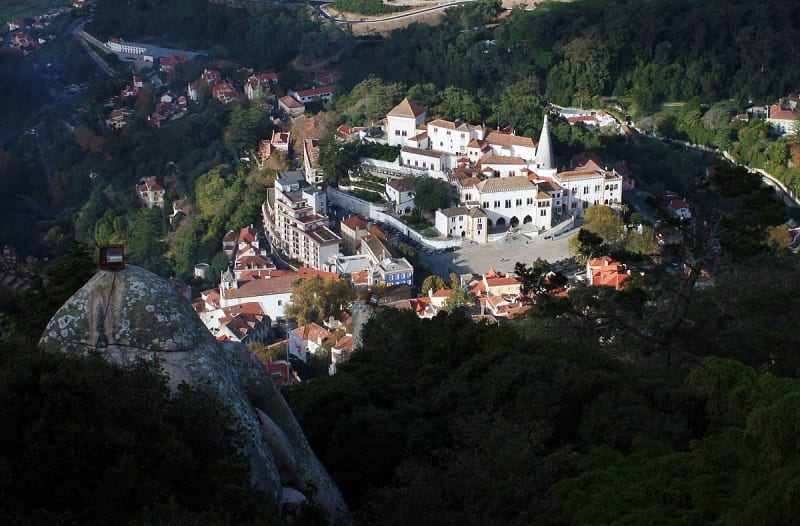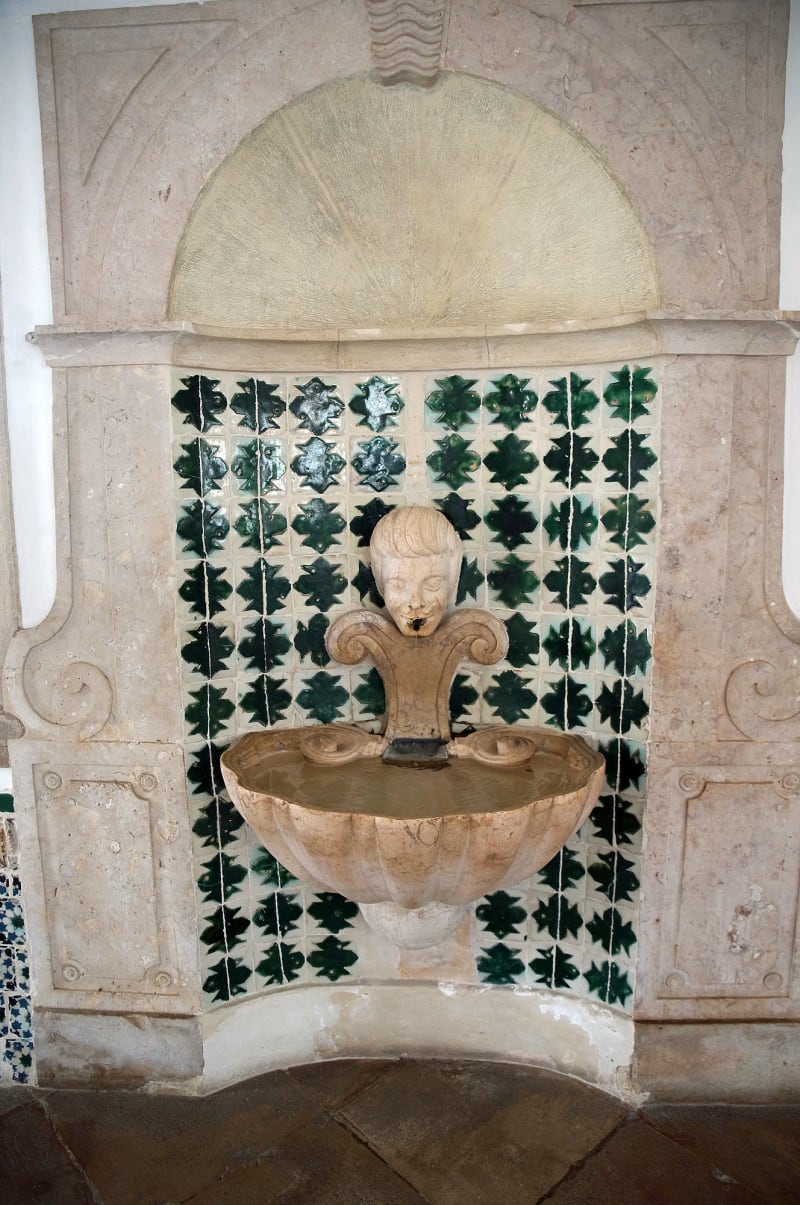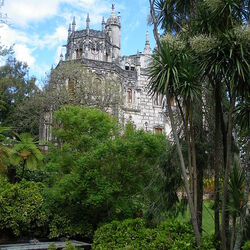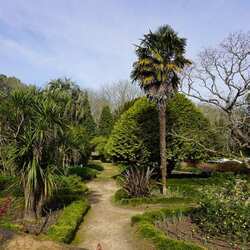National Palace of Sintra
The National Palace of Sintra is difficult to confuse with any other building. An alternative name is the Village Palace. History says that Portuguese monarchs lived in this place from the 15th to the end of the 19th century. It is an ornament of a hilly city in the west of Portugal, a landmark included in the UNESCO World Heritage List.

The history of the Sintra National Palace
It is a snow-white structure with tall elongated and smooth twin cones. Most people believe that this building is better preserved than any other structure in Portugal. The reason for this is simple: the National Palace of Sintra gradually began to be inhabited from the XVI-XIX centuries. The history of this place dates back to the Moorish era. In the 8th century, two castles were built in Sintra. The first of them is a famous Moorish castle, and the second castle was located below the Moorish one. The second castle was home to the Moorish rulers of the region, and served as their residence.
In the 12th century, Sintra was conquered by King Alfonso Henrique. He took the lower palace for himself. In the XV—XVI centuries, the building was rebuilt several times. Of course, this is noticeably imprinted on the elements of Gothic, Manueline, Moorish style and mudejar. Today, the National Palace of Sintra bears little resemblance to its original appearance. What was preserved in the palace most likely dates back to the beginning of the 14th century.
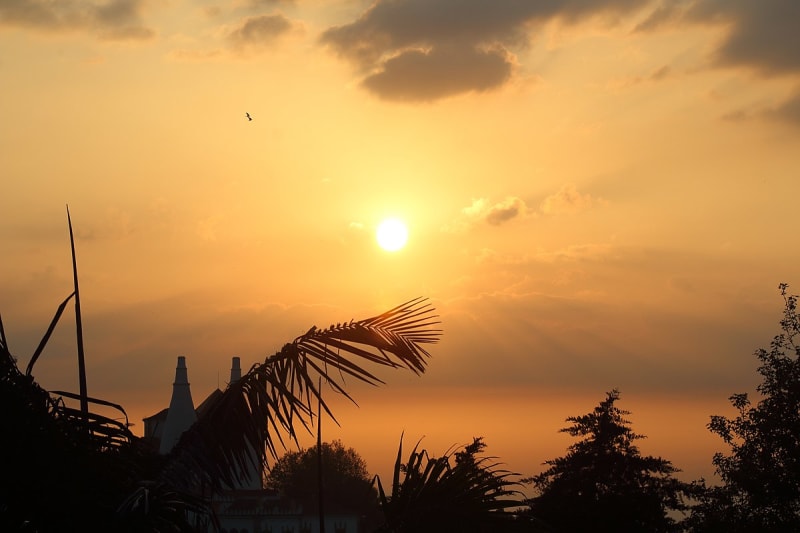
Features of the Sintra National Palace
Much has been preserved in the interior of the building. Everything that can be seen there now dates back to the beginning of the 15th century. We are talking about the Swan Hall, made in the Manueline style. The second stage of construction was dated to the XV-XVI centuries when King Manuel I was in power. During the reign of this monarch, mudekhar was built in all its splendor. Under the strict guidance of the king, the Coat of Arms Hall was built with a stunning wooden ceiling. It perfectly fits the 72 coats of arms of the royal family and other respected families of Portugal.
Time passed, and new personalities came to power. Each of them made their own adjustments to the interior of the Sintra National Palace. Similar manipulations concerned furniture, murals and other decorative elements.
In 1755, Sintra was hit by an earthquake. As a result of the natural cataclysm, many elements of the architecture of the National Palace were significantly damaged. Fortunately, everything that was damaged was restored. In addition, in 1940, Raoul Lino developed a restoration project for the National Palace of Sintra. He managed to restore the former grandeur of the place by arranging antique furniture taken from other palaces inside and restoring the mosaics to their former appearance.

